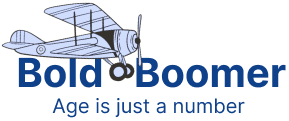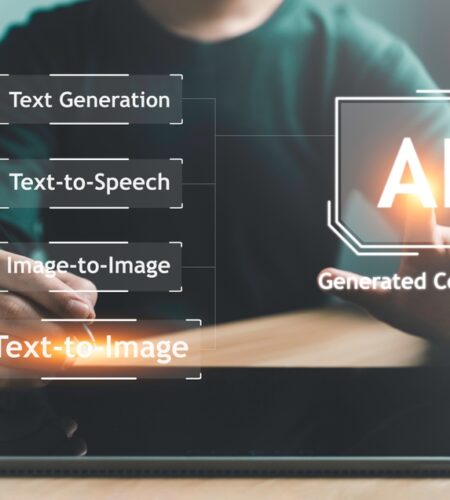Communication is a fundamental human need, and the ability to express oneself is crucial for quality of life. For seniors dealing with speech impairments, whether due to conditions like stroke, Parkinson’s disease, or other neurological issues, assistive communication devices offer a vital lifeline. These technologies are not just tools; they are bridges to the world, enabling seniors to express their thoughts, needs, and emotions.

Assistive communication devices for seniors with speech impairments come in various forms, catering to different levels of need and technological comfort. One of the most common types is speech-generating devices (SGDs). These devices range from simple button-press models that emit pre-recorded phrases to sophisticated systems with touchscreens and customizable options. Advanced SGDs can be programmed with personalized vocabulary, phrases that the user commonly uses, and even their own recorded voice, providing a more personal and natural communication experience.
Another innovative solution is text-to-speech (TTS) apps and software. These applications allow users to type out what they want to say, which is then converted into spoken words by the device. Some of these apps offer predictive text and customizable keyboards to make typing easier and faster for seniors. TTS technology is particularly useful for those who have cognitive clarity but struggle with the physical act of speaking.
Eye-tracking technology represents a cutting-edge development in assistive communication. For seniors who have significant motor limitations and cannot use a touchscreen or keyboard, eye-tracking systems enable them to select words or phrases on a screen using eye movements alone. This technology opens up communication possibilities for those who might otherwise be unable to express themselves.
Wearable devices have also been developed as communication aids. These may include items like necklaces or bracelets with built-in microphones that amplify the user’s voice or convert limited speech into clearer audio. Wearables are convenient and less obtrusive, providing a level of comfort and dignity for the user.


Voice amplifiers are simple yet effective tools for seniors with weak vocal strength. By amplifying their voice, these devices make it easier for others to hear and understand them, facilitating more effective communication in everyday interactions.
Ease of use and customization are key aspects of these assistive devices. Manufacturers focus on creating user-friendly interfaces, customizable options to suit individual needs, and portable designs that can be used in various settings – from home to a social gathering.
In addition to their primary function, these devices often incorporate features like emergency alerts, reminders for medication, and other helpful tools, making them multifunctional devices that cater to various aspects of a senior’s life.
In conclusion, assistive communication devices for seniors with speech impairments are transforming lives, enabling individuals to overcome barriers to communication. These technologies provide a voice for those who might otherwise struggle to be heard, fostering independence, social interaction, and emotional well-being. As technology advances, we can expect even more innovative solutions to support the communication needs of seniors, helping them stay connected and engaged with the world around them.



Comments